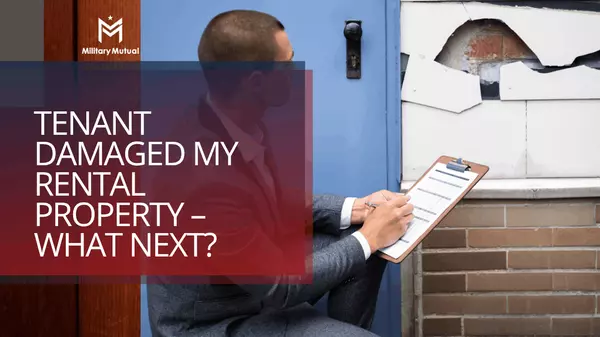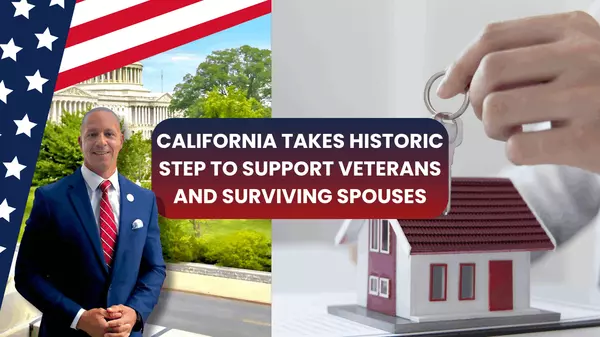Preparing your home for wildfires

As wildfires become an increasingly common threat in many regions, it is essential for homeowners and prospective buyers to understand how to prepare for such disasters. Whether you are looking to sell your home or simply want to ensure your property is safe, taking proactive steps can make a significant difference. Here’s a comprehensive guide on how to prepare your home for wildfires, focusing on the interests of buyers, sellers, and the overall neighborhood.
Understanding the Risk
Before diving into preparations, it’s crucial to understand the wildfire risk in your area. The U.S. Forest Service and local fire departments often provide resources and maps that indicate wildfire-prone zones. Homebuyers should consider this information when searching for properties, while current homeowners should assess their risk level and take necessary precautions.
Preparing Your Home
1. Defensible Space
Creating defensible space around your home is one of the most effective strategies for wildfire protection. This involves clearing flammable vegetation and debris from a designated area around your property. The general recommendation is to maintain at least 30 feet of defensible space, but in high-risk areas, this distance may need to be increased.
- Landscaping: Choose fire-resistant plants and materials when landscaping your yard. Native plants that are less likely to ignite are excellent choices.
- Maintenance: Regularly trim trees and bushes, remove dead leaves or branches, and keep gutters clean to minimize fire hazards.
2. Home Hardening
Homeowners can also take steps to harden their homes against wildfires:
- Roofing: Consider using non-combustible roofing materials such as metal or tile instead of wood shakes.
- Windows: Install dual-pane tempered glass windows which are more resistant to heat.
- Vents: Use metal mesh screens on vents to prevent embers from entering your home.
These upgrades not only enhance safety but can also increase the value of your home—a crucial consideration for sellers in a competitive market.
3. Emergency Preparedness Kit
Every homeowner should have an emergency preparedness kit ready in case of evacuation orders. This kit should include:
- Important documents (insurance policies, identification)
- Medications
- Non-perishable food and water
- Flashlights and batteries
- A first-aid kit
Having these items organized can save time during a crisis and ensure that you have what you need if evacuation becomes necessary.
Sellers: Highlighting Preparedness
For those looking to sell their homes, showcasing wildfire preparedness can be an attractive selling point:
1. Documentation: Provide potential buyers with documentation of any upgrades made for fire safety—such as defensible space work or home hardening measures.
2. Neighborhood Safety Features: If your neighborhood has community efforts in place (like firebreaks or local fire department initiatives), highlight these features during showings or in marketing materials.
3. Insurance Information: Share information about insurance options that cover wildfire damage; this transparency can build trust with potential buyers.
Buyers: Assessing Fire Safety
As a buyer, it’s essential to evaluate properties not just for aesthetics but also for safety features related to wildfires:
1. Inspection Reports: Request detailed inspection reports that include evaluations of fire safety measures taken by the current homeowner.
2. Neighborhood Resources: Investigate whether the neighborhood has active community programs aimed at fire prevention or emergency response plans.
3. Insurance Costs: Speak with insurance agents about what coverage options are available for homes in wildfire-prone areas; higher premiums might indicate a higher risk level.
Community Involvement
Neighborhoods play a vital role in wildfire preparedness as well. Community members can work together by organizing events focused on education about fire safety practices:
- Host workshops with local firefighters who can share insights on creating defensible spaces and effective evacuation plans.
- Establish neighborhood watch groups that monitor conditions during high-risk seasons.
By fostering a culture of preparedness within the community, residents can collectively enhance their resilience against wildfires.
Conclusion
Preparing your home for wildfires is not only about protecting property; it’s about safeguarding lives and ensuring peace of mind for homeowners and prospective buyers alike. By taking proactive measures—whether through landscaping, home hardening, or community involvement—you can significantly reduce risks associated with wildfires while enhancing the appeal of your property in today’s real estate market. Whether you’re selling or buying, understanding these strategies will empower you to make informed decisions regarding wildfire safety and preparedness.
Categories
Recent Posts










"My job is to find and attract mastery-based agents to the office, protect the culture, and make sure everyone is happy! "
